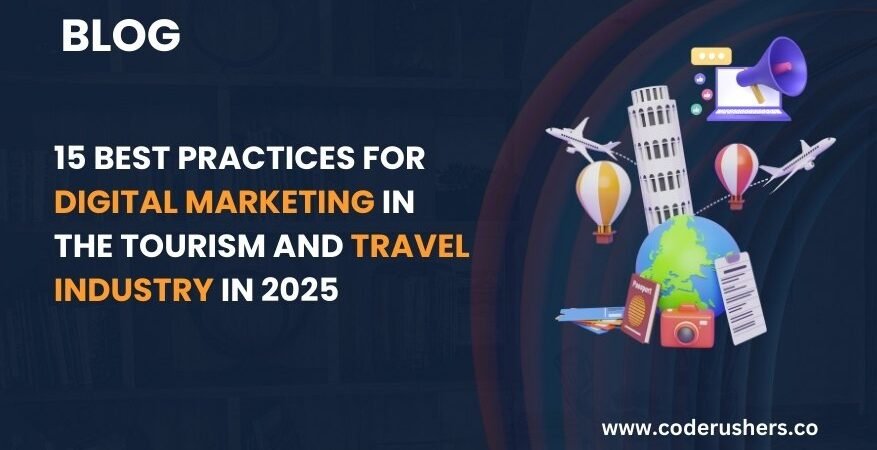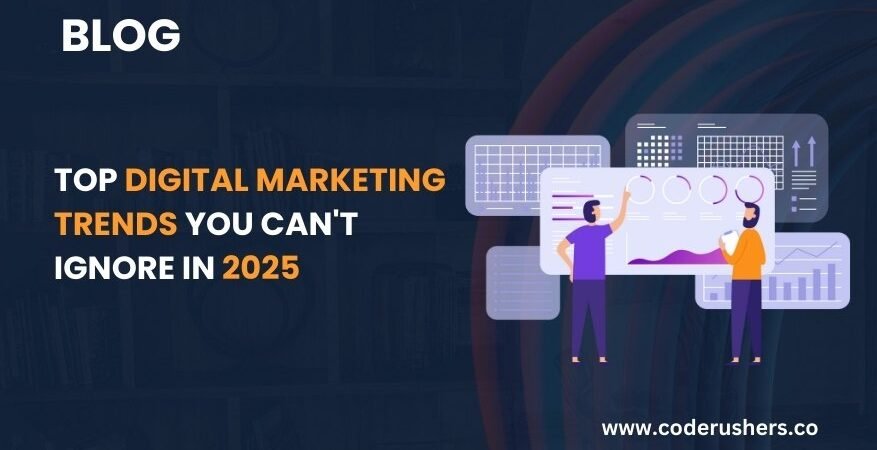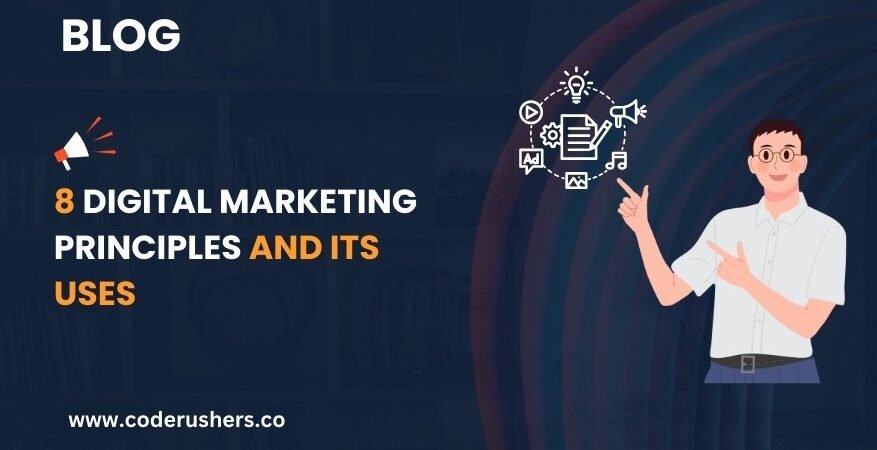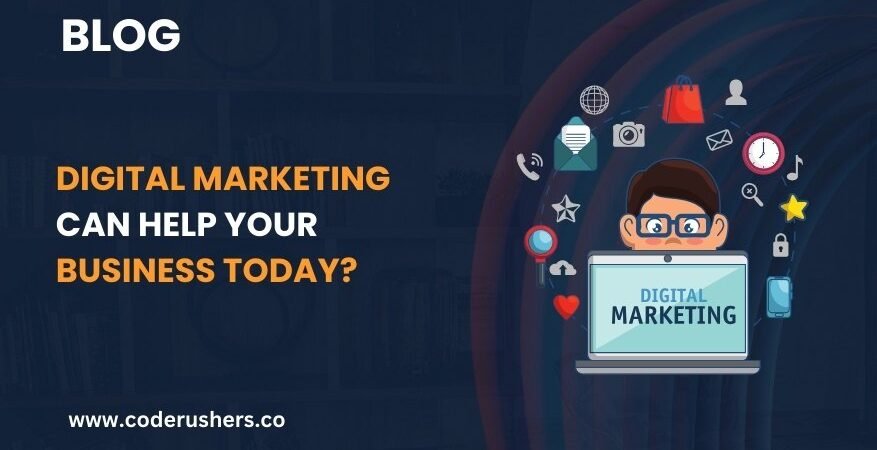
How media buying services in UAE can help your brand grow fast?
In a fast-paced market, where competition is fierce and digital attention spans are shorter than ever, media buying services in UAE aren’t just helpful, they’re non-negotiable. Whether you’re launching a local e-commerce brand in Dubai or scaling your SaaS startup across the GCC, smart media buying is what separates the brands people scroll past… from the ones they click, trust, and buy from. Let’s break down exactly how media buying agencies help you grow faster in the UAE: What Is Digital Media Buying UAE? Digital media buying process is all about getting your ads seen by the right people at the right time and at the right cost. Think of it like real estate, but instead of buying a physical location, you’re buying space in your audience’s feed, browser, or TV screen. It includes everything from: Display advertising in UAE (Google Display Network, YouTube pre-rolls, local websites) Paid social media placements OTT ads In-app banners And even influencer collaborations But the key to making it all work? A ROI-driven marketing strategy that connects your brand with the people most likely to convert. Media Planning and Buying Dubai: Two Sides of the Same Coin Let’s clear up the confusion: Media planning is the strategy — deciding what platforms to use, who to target, and when to run your ads. Media buying is the execution — actually purchasing those ad placements. Media planning and buying Dubai make sure that every dirham you spend is working double-time: building visibility, driving clicks, and bringing in sales. How Top Media Buying Services in UAE Fuel Fast Brand Growth? You’re investing time and money into your brand, so you deserve campaigns that actually pull their weight. That’s why you need to invest in the best media buying services in the UAE to step up, blend tech and cultural insight to deliver measurable results. Here’s how they supercharge your growth: 1. Access to Local Media Channels and Premium Placements One of the biggest advantages of working with a media buying agency in Dubai or anywhere across the UAE is their access to premium ad inventory, spots your in-house team probably can’t unlock on their own. Whether it’s display advertising in UAE or native placements in leading Arabic/English news sites, agencies know where the eyeballs are and how to get your brand right in front of them. What you gain: Ad space on high-traffic local sites like Gulf News, Khaleej Times, or Al Bayan Placement in premium digital magazines or vertical-specific media (like fashion, automotive, or finance) Sponsored spots in apps and OTT channels targeting UAE-based users Visibility across both English-speaking and Arabic-speaking markets 2. Smart Audience Targeting UAE Get this clear in your mind that not everyone in the UAE is your customer. And with the country’s unique population mix, generic targeting just doesn’t cut it. Media buying pros use deep local insights and advanced audience segmentation to make sure your ad dirhams go to the right people. How targeting is customized: Emirati vs expat behavior: These two groups often consume media differently. Language preference: Arabic-first vs. English-first ads can significantly impact performance. City-specific targeting: Trends in Dubai differ from those in Sharjah or Ras Al Khaimah. They also layer in behavioral data from media buying platforms, meaning you’re not just targeting who you think your audience is, but who they actually are and how they behave online. 3. Programmatic Advertising UAE Programmatic buying is how smart marketers get more clicks, better placement, and real-time optimization with less manual guesswork. So whether you’re running a digital campaign UAE or across the GCC, programmatic tech makes sure your ads go further, faster. As, it uses advanced algorithms to automatically bid on ad placements across thousands of websites, apps, and video platforms. And it’s not just fast, but it’s laser-precise. Benefits of programmatic advertising: Ads are delivered to users based on real-time behavior (think: browsing, interests, location, time of day) You get access to multiple ad exchanges at once, increasing reach Every bid is optimized to get the best deal, stretching your budget allocation for media 4. Online Advertising UAE Your customers are available on social media platforms almost all of the time. So, if you really wanna improve your brand visibility in UAE, then your brand needs to be online too. A good media buying company in UAE knows how to tailor campaigns for each of these platforms. That includes adjusting ad creatives for different placements (stories, reels, feeds), localizing messaging, and scheduling your ads when your audience is most active. It’s not just about being online, it’s about showing up where it matters. Online advertising in the UAE spans across: Google Ads (Search, YouTube, Display) Meta platforms (Facebook, Instagram) TikTok UAE, especially for younger demos Snapchat MENA, still strong with Gen Z Arabic publisher networks with massive regional reach Top media buying companies in UAE know exactly how to tailor your online ad strategy for maximum engagement. Whether it’s geo-targeted Snap ads or Arabic banner placements on high-traffic sites. 5. Performance Marketing UAE Why pay for exposure if it doesn’t bring results? This is where performance marketing in the UAE upends the traditional model. Instead of paying for impressions or reach, you’re paying for specific outcomes, like clicks, leads, or conversions. Because media buying isn’t a standalone effort, it works best when integrated with broader digital marketing services in UAE like SEO, social media strategy, influencer partnerships, and content creation. It’s that full-funnel approach that fuels sustainable growth. A strong paid media strategy focused on performance will: Keep your cost-per-click (CPC) and cost-per-lead (CPL) in check Track conversions and retarget users who’ve shown interest Help you get more out of every dirham you spend Align directly with your sales or lead generation goals And because you’re optimizing for results, you can scale what’s working and cut what’s not — no more guessing games. 6.
Explore More




